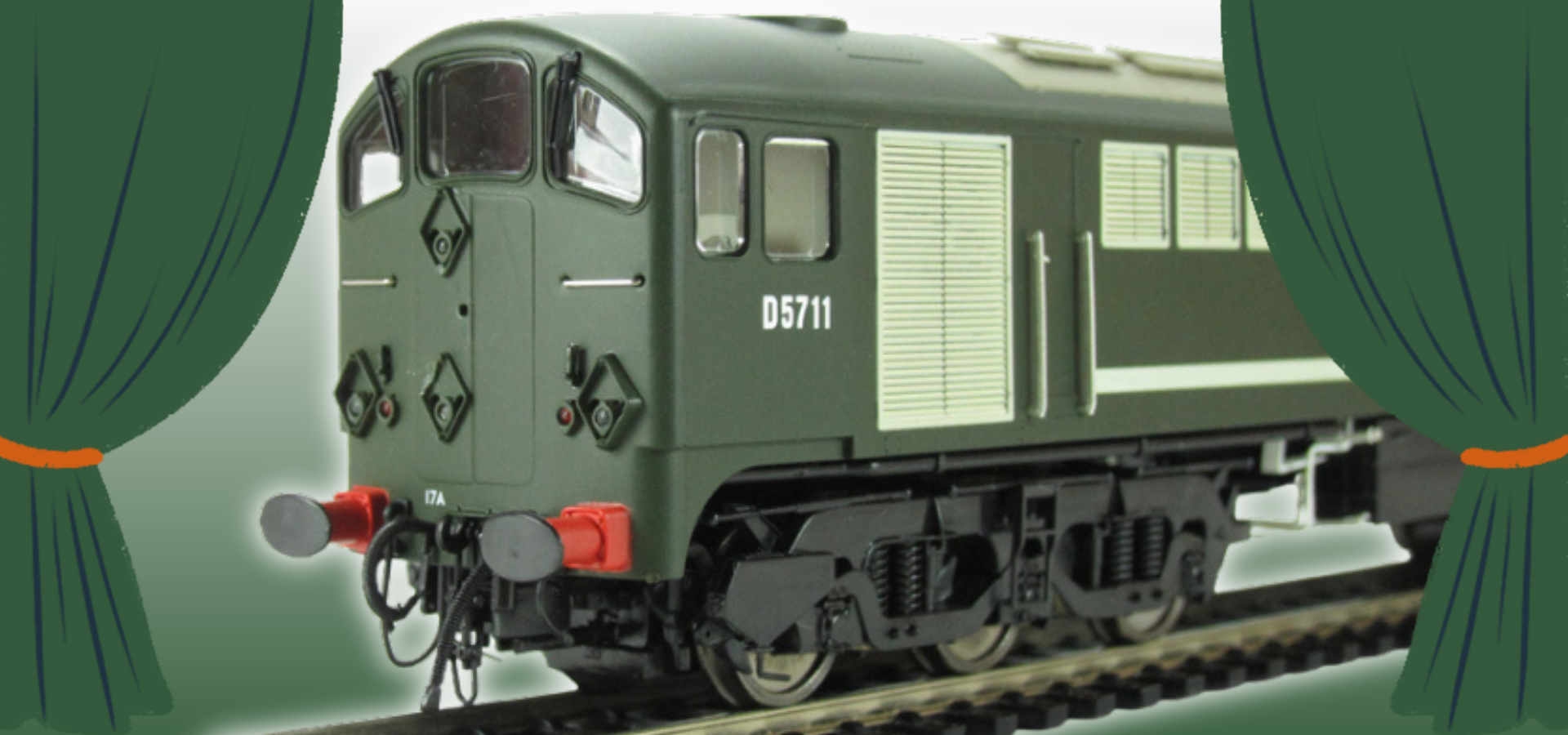The Heljan Co-Bo is back! This iconic model, originally released in 2011, was produced exclusively for Hattons Model Railways, and is now available exclusively at Rails of Sheffield.
NEW FOR 2024! For the first time these models are now available with digital sound pre-fitted.
The full range includes re-runs of the most popular models as well as some new variations not covered in the range previously in BR green and BR blue. Aside from the new inclusion of DCC Sound provision, these models will also feature enhanced livery application over previous releases.
Pre-Order Now
Product Features:
Highly detailed model with separately fitted parts including handrails, etched grilles, underframe relief and more
Accessory pack with optional headcode discs
5-pole motor with twin flywheels, all-wheel pickups & 8-wheel drive
Heavy diecast chassis
Directional lighting
Digital & Sound capable – 8-pin socket [SOUND FITTED VERSIONS NEW FOR 2024]
Intricate livery application & printing
NEM tension lock couplings
Prototype Information
The British Rail Class 28 (or Metro-Vick Type 2) were a class of diesel-electric locomotives built under the diesel loco Pilot Scheme as part of the British Railways Modernisation Plan. Often referred to as ‘Co-Bos’, ‘Metrovicks’ or ‘Crossleys’, the class featured a highly unusual Co-Bo wheel arrangement (a 6-wheel bogie at one end, and a 4-wheel bogie at the other). Unlike other Type 2 diesels, the class were fitted with two-stroke Crossley diesel units and had a very high tractive effort of 50,000 lbf. The engines suffered frequent failures and by 1961 the entire class was handed back to the manufacturer for remedial work.
They were known for being excessively noisy and emmitted too much smoke. All twenty Metrovicks were initially allocated to the Midland Division of BR’s London Midland Region, where they were often used in pairs on the overnight London–Glasgow “Condor” express freight service. After the 1961 refurbishment they were all transferred to the Barrow-in-Furness 12E depot. They were withdrawn after only eleven years in service. A single example has been preserved at the East Lancashire Railway.
 The Heljan Co-Bo is back! Only at Rails
The Heljan Co-Bo is back! Only at Rails



 Dapol Announce All-New GWR 517 Class 0-4-2
Dapol Announce All-New GWR 517 Class 0-4-2